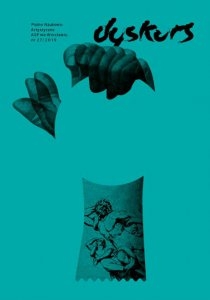Lilith i jej potomstwo w mitologii hebrajskiej oraz najnowszej kulturze popularnej – przegląd wybranych reprezentacji
Słowa kluczowe:
Lilith, mitologia hebrajska, popkultura, Hebrew mythology, pop cultureAbstrakt
Lilith and Her Offspring in Hebrew Mythology and The Latest Pop Culture – Selected Representations
For thousands of years mythological Lilith has undergone countless transformations. Although she had been created by God himself, just like Adam and Eve, the texts do not pay her as much attention as they do to the first marriage. What is more, contemporary scholars of religious studies throw doubt whether Lilith had even existed.
Regardless of the Church’s or scholars’ acceptance, Lilith seems to be a character invariably present in the worldwide culture. In the dawn of time, she served as a kind of warning, enforcing a more careful childcare – it was believed that if left without a proper care, infants might have been taken or possessed by Lilith; in medieval times she became a symbol of lechery; contemporarily she is mainly associated with bewildering sexual graphics and rare literary presentations which emphasize her intense sexual urges. How such transformations came to be? How the transformation of mythological Lilith over the ages looked like?

